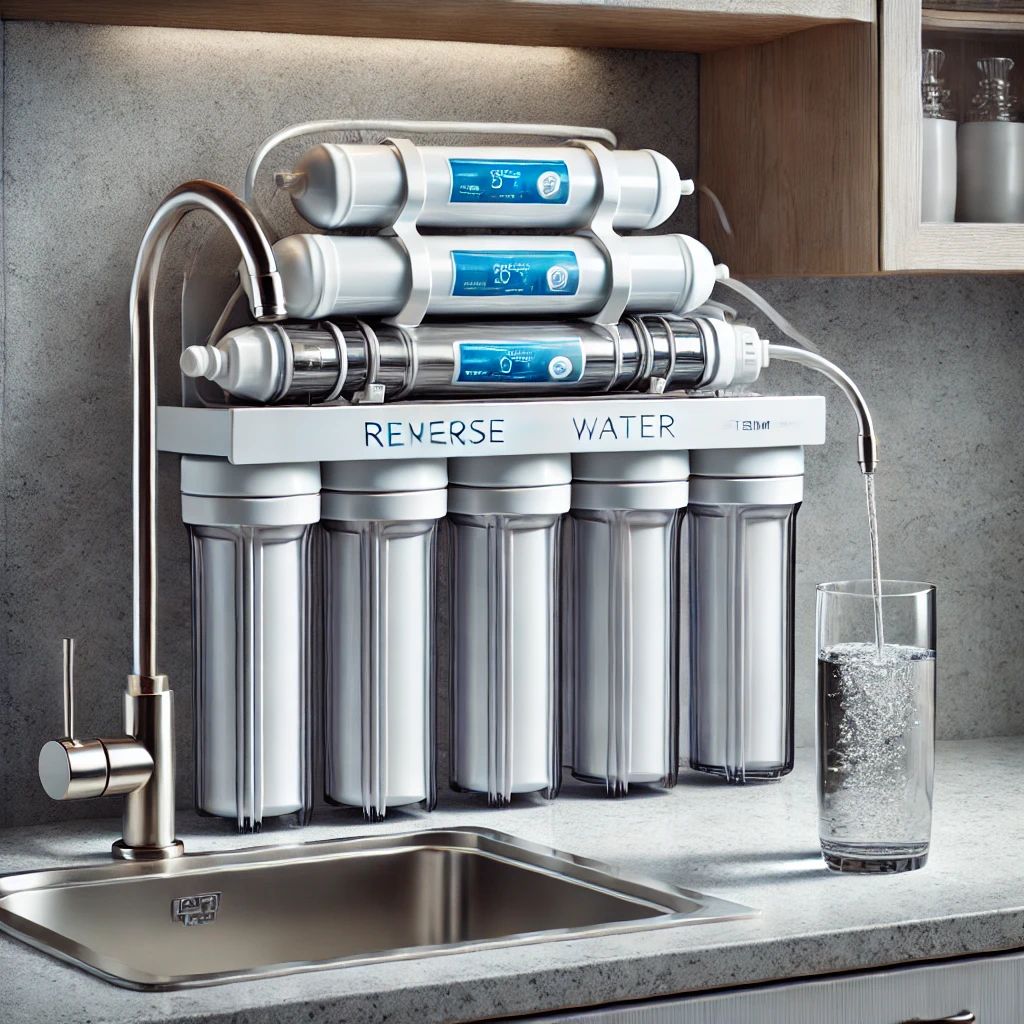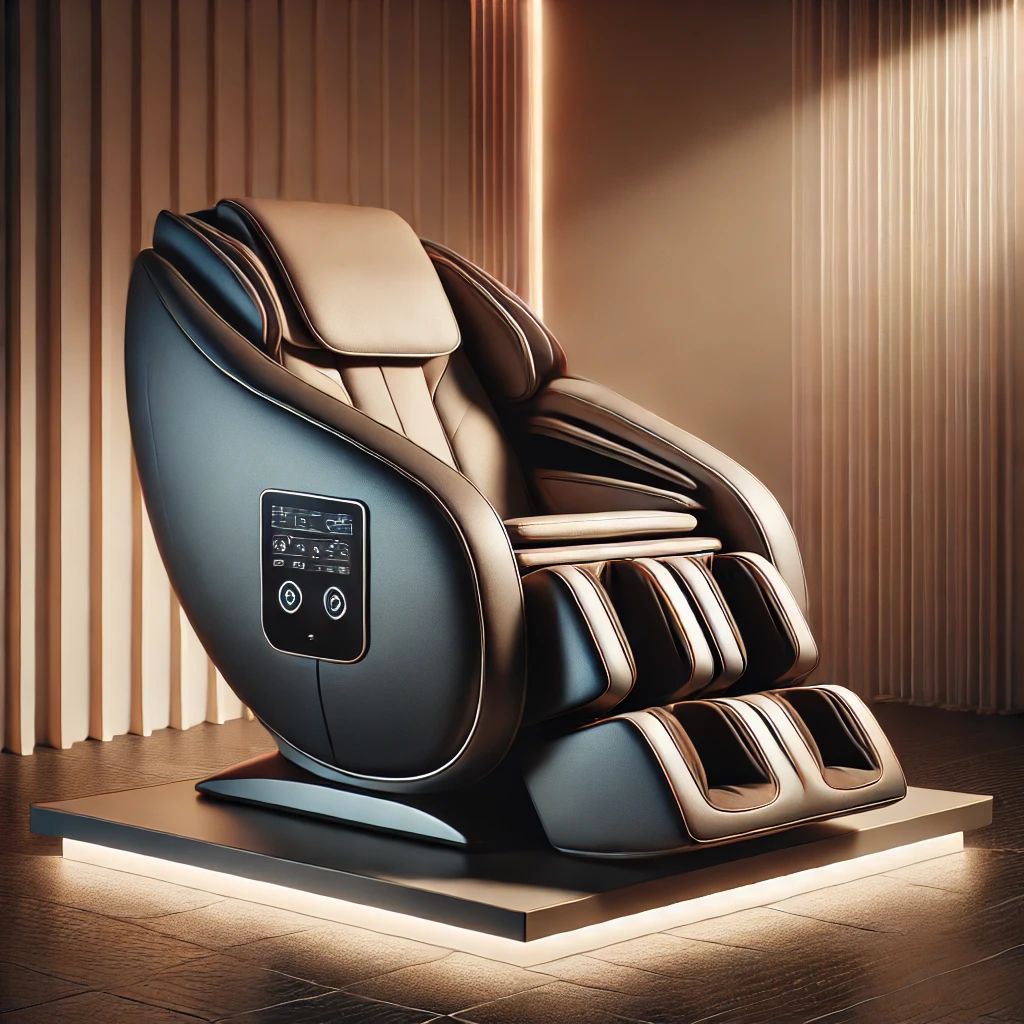When you’re a parent on the go, finding the best travel pram can make all the difference in your travel experience. Whether you’re jetting off on a family holiday, running errands around town, or strolling through the park, a lightweight, portable, and reliable pram is essential. However, with so many options available, it can be challenging to know what features to prioritize when selecting the perfect pram.
In this article, we’ll break down the essential features to consider when choosing the best travel pram for your family. From weight and foldability to safety and comfort, we’ve got you covered.

1. Lightweight Design: The Key to Easy Travel
One of the primary features you should consider when shopping for a travel pram is its lightweight design. Travel often involves carrying extra luggage, so you’ll want a pram that is light enough to maneuver and carry when needed.
Why Lightweight Matters:
- Easier Handling: Whether you’re navigating crowded airports or narrow streets, a lightweight pram is much easier to handle and maneuver.
- Convenient for Carrying: In situations where you may need to carry the pram (such as boarding a plane or climbing stairs), a lighter design will save your back and shoulders.
- Travel-Friendly: Airlines often have weight restrictions on checked items, and having a lightweight pram can help avoid extra fees.
When considering weight, aim for prams under 7kg for an optimal balance between sturdiness and portability. Popular models like the Babyzen Yoyo2 and the UPPAbaby MINU are great examples of lightweight yet durable travel prams.
2. Compact and Easy Fold: For Effortless Storage
Another must-have feature in the best travel pram is easy foldability. A travel pram should fold quickly and easily, with one-hand or one-step folding mechanisms being ideal. Compact folding ensures your pram fits seamlessly into small car trunks, tight storage spaces, or overhead airplane compartments.
Key Folding Features:
- One-Hand Fold: The ability to fold a pram with one hand is essential, especially when juggling a child or bags.
- Self-Standing Fold: This feature allows the pram to stand upright when folded, making it convenient for storage without taking up too much space.
- Compact Size: Ensure the pram folds into a small, manageable size that will fit into travel compartments or luggage spaces.
Look for travel prams that boast a small folded footprint, such as the Bugaboo Butterfly or GB Pockit, both of which fold down to a size small enough to fit in overhead bins.
3. Comfortable for Your Child: Prioritizing Padding and Recline
Your child’s comfort is just as important as portability, especially if you’ll be spending long hours on the go. A comfortable seat with ample padding and the ability to recline is crucial for ensuring your little one can relax and nap during your travels.
What to Look For:
- Recline Options: A fully reclining seat is ideal for babies and toddlers who may need to nap while you’re out and about.
- Adjustable Footrest: This feature ensures that your child’s legs can rest comfortably, especially for older toddlers.
- Padding and Support: Well-padded seats and headrests add extra comfort for your baby, particularly during long trips.
Many top-rated travel prams, like the Cybex Libelle, come with multi-position reclining seats and plush padding to keep your little one snug during any journey.
4. Sturdy Build and Safety Features: For a Smooth, Safe Ride
The best travel pram should combine lightweight portability with a sturdy build that ensures a safe ride for your child. Safety should never be compromised, so make sure to choose a pram that adheres to high safety standards.
Essential Safety Features:
- 5-Point Harness: A secure, adjustable 5-point harness ensures your child stays safely strapped in, preventing them from slipping or climbing out.
- Stable Frame: Despite being lightweight, the pram should have a strong, durable frame that won’t tip over easily, even on uneven surfaces.
- Brakes and Locking Mechanisms: Reliable brakes and easy-to-use locking mechanisms ensure the pram stays in place when stationary.
Opt for travel prams with a solid reputation for safety, such as the UPPAbaby MINU or Babyzen Yoyo2, both of which feature secure harness systems and durable builds.
5. Storage and Accessories: Maximizing Convenience
A good travel pram should come with plenty of storage options for holding essentials like diapers, bottles, toys, and snacks. Even though travel prams are typically smaller than full-size strollers, having some storage capacity is a lifesaver.
Look for These Features:
- Under-Seat Basket: A spacious basket beneath the seat is perfect for storing day-to-day items without overloading yourself.
- Pockets and Zippers: Additional pockets and zip compartments offer more storage for small items like phones, keys, or wallets.
- Included Accessories: Some prams come with useful extras, such as rain covers, sun canopies, or travel bags, which can add value to your purchase.
If you’re after a model that offers plenty of storage without sacrificing portability, the Baby Jogger City Tour 2 is a fantastic option, providing a large basket and extra storage compartments.
6. Travel-Friendly Wheels and Suspension: For a Smooth Ride
Having a smooth ride is important for both you and your child, and that largely depends on the wheel system and suspension of the pram. Larger wheels with good suspension can handle rough terrain, cobblestones, or bumpy sidewalks, making travel easier on all fronts.
What to Look for in Wheels:
- Swivel Wheels: Front swivel wheels make maneuvering in tight spaces, like airports or crowded streets, much easier.
- All-Terrain Capability: If you plan to explore different types of environments, look for wheels that can handle various surfaces, from city streets to parks.
- Suspension System: Good suspension ensures a smooth ride, absorbing shocks and making your child’s ride more comfortable.
The best travel prams, such as the Bugaboo Butterfly, often feature superior wheel designs and suspension, making them perfect for both city travel and off-road adventures.
Conclusion
When choosing the best travel pram, it’s crucial to prioritize the features that matter most to your lifestyle and your child’s needs. Lightweight design, compact foldability, child comfort, safety, storage, and smooth maneuverability are all key factors that will enhance your travel experience.
By selecting a pram that excels in these areas, you’ll make travel with your little one easier, more enjoyable, and far less stressful. Whether you’re heading on a road trip or flying to a distant destination, the right pram can make all the difference in ensuring a smooth and enjoyable journey.










